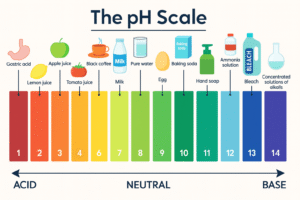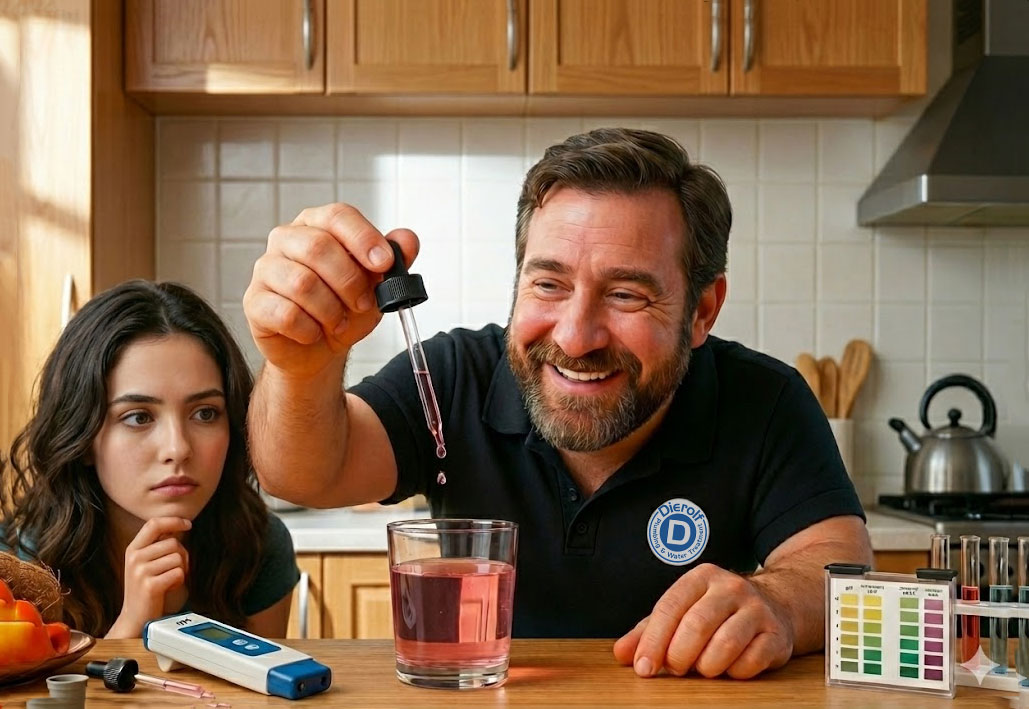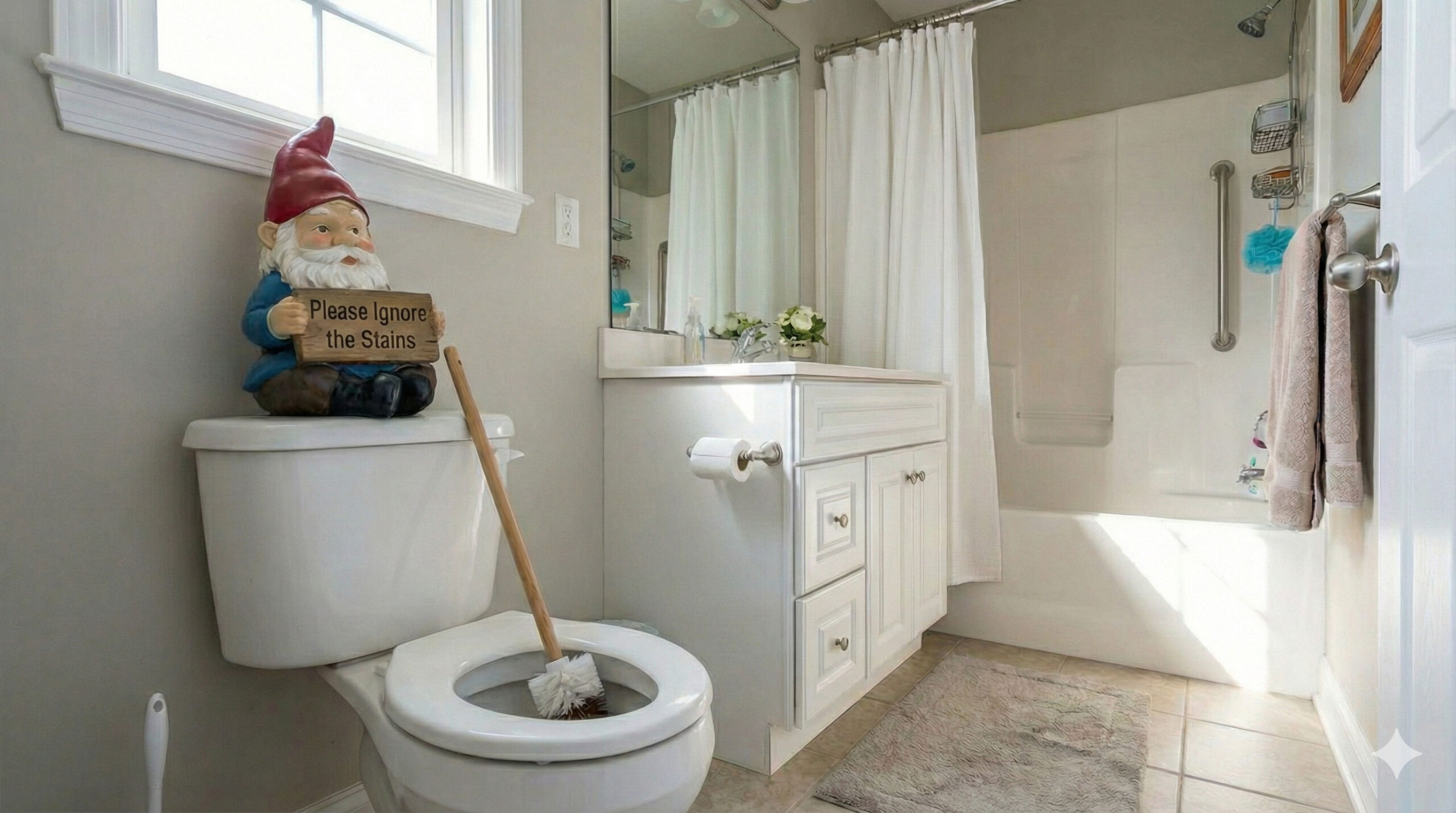Introduction
Back-to-school season isn’t just for students—it’s a perfect time for homeowners to revisit the everyday science around us. One of the most overlooked lessons? Your tap water’s pH. It’s not just a number from high-school chemistry; it directly affects the taste of your water, the health of your pipes, and the safety of your drinking supply.
If you missed our first lesson, check out Water Science 101: Demystifying Water Chemistry, which breaks down the basics of water chemistry. In this article, we’ll dive deeper into one of the most important—and misunderstood—factors: pH.
What Is pH, Really?
pH measures how acidic or alkaline water is on a 0–14 scale:
- 7 is neutral
- Below 7 is acidic
- Above 7 is alkaline
Crucially, pH is a logarithmic scale, meaning each whole-number change reflects a tenfold difference in acidity. That small dip from 7 to 6 represents a significant shift in corrosive potential. The U.S. Geological Survey explains how this scale works and why it’s vital for assessing water quality. For another clear breakdown of how pH relates to drinking water, see KnowYourH2O’s guide to pH.
Why Low pH Is a Problem
Acidic water (below pH 7) is aggressive—it can corrode pipes, leach metals like lead or copper, stain fixtures, and even change taste. A detailed report from the National Research Council highlights how corrosive water can impact entire distribution systems. On a practical homeowner level, Tap Score’s guide on scale and corrosion shows what this means for your pipes, fixtures, and appliances.
What About High pH?
While less common in Southeastern PA, highly alkaline water (pH above 8) can taste bitter, cause chalky buildup, and increase scale inside appliances. Keeping water within a 7.0 to 8.0 range generally helps maintain both water quality and plumbing efficiency.
How pH Affects Everyday Life
Out-of-balance pH in your water can:
- Make coffee taste flat or metallic
- Diminish soap effectiveness
- Shorten the lifespan of appliances
- Increase plumbing repairs
Even a small shift in pH can quietly impact your home for years.
The Classroom Experiment: Test Your Tap
You don’t need a lab to learn about your water’s true nature:
- Litmus paper or pH strips — easy to use and great visual feedback.
- Check your CCR — municipal water reports often show pH ranges.
- Schedule professional water testing — especially important if you’re on well water. A Water Testing & Analysis service provides a complete picture of how pH interacts with metals, minerals, and contaminants.
Fixing pH Problems
Thankfully, solutions are straightforward:
- Neutralizer systems (calcite or soda ash) gently raise low pH and prevent corrosion. Learn more about our Neutralizer systems here.
- Corrosion control setups protect your plumbing from acidic damage.
- Whole-home testing and tailored treatment ensures balanced water for every faucet, and for those who want the very best drinking experience, ultrapure alkaline drinking water systems add both purity and beneficial balance.
Why Understanding pH Matters
Knowing your water’s pH helps you:
- Prevent plumbing corrosion and costly damage
- Reduce the risk of harmful metals in drinking water
- Enjoy better tasting, softer, clearer water
- Extend the life of your appliances and fixtures
For a fun, visual way to deepen your understanding of pH, check out this engaging video by MAD GARDEN that demonstrates pH concepts in action. It’s a great complement to hands-on testing and perfect for visual learners who want to see the science come to life.
Conclusion
pH isn’t just a figure on a lab sheet—it influences water quality, safety, and longevity in your home. And because it’s logarithmic, small changes have big effects.
At Dierolf Plumbing & Water Treatment, we decode the science and offer solutions that fit your home. Ready to know your water better? Schedule a complimentary water test today and make sure your water—and your family—are supported by smart chemistry.




